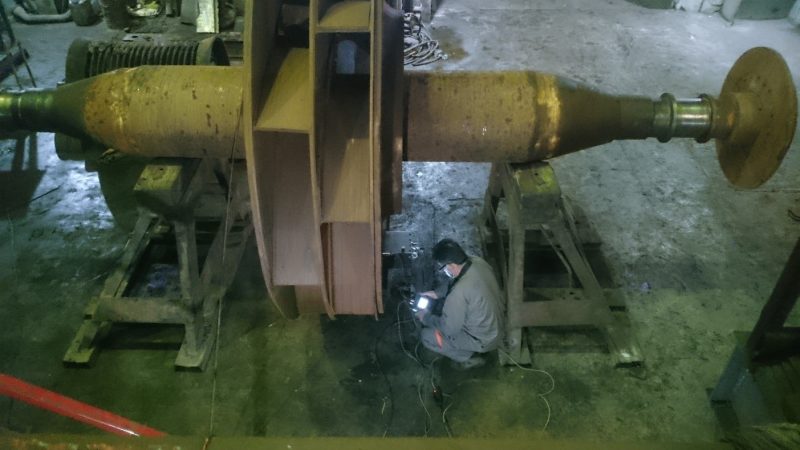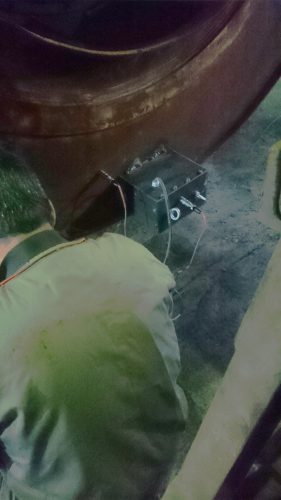Some manufactured components have residual stresses resulting from the production process. If these stresses are not released, they can manifest after the component is installed and operated, especially in environments with vibration or high temperatures. This release of stresses can lead to deformation of the component and alter the balance of the rotor. Large welded rotors commonly face this issue.
To prevent this problem, it is essential to perform vibrational stress relief on the component before balancing and assembly. Various methods exist for vibrational stress relief. Thermal stress relief is the most common method, but it often leads to deformation of the rotor, making it defective. Furthermore, for large components, obtaining a furnace capable of maintaining uniform temperature control can be challenging and costly.
As a result, modern methods of vibrational stress relief, which are significantly more cost-effective and efficient, are now being used. The Tavaar Engineering Company has executed various vibrational stress relief projects with relevant facilities.


![]()


